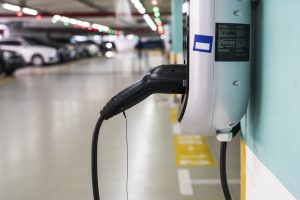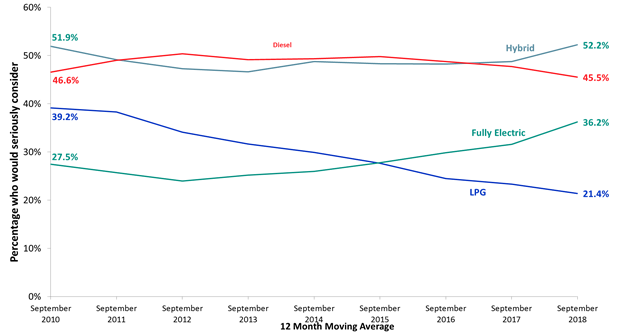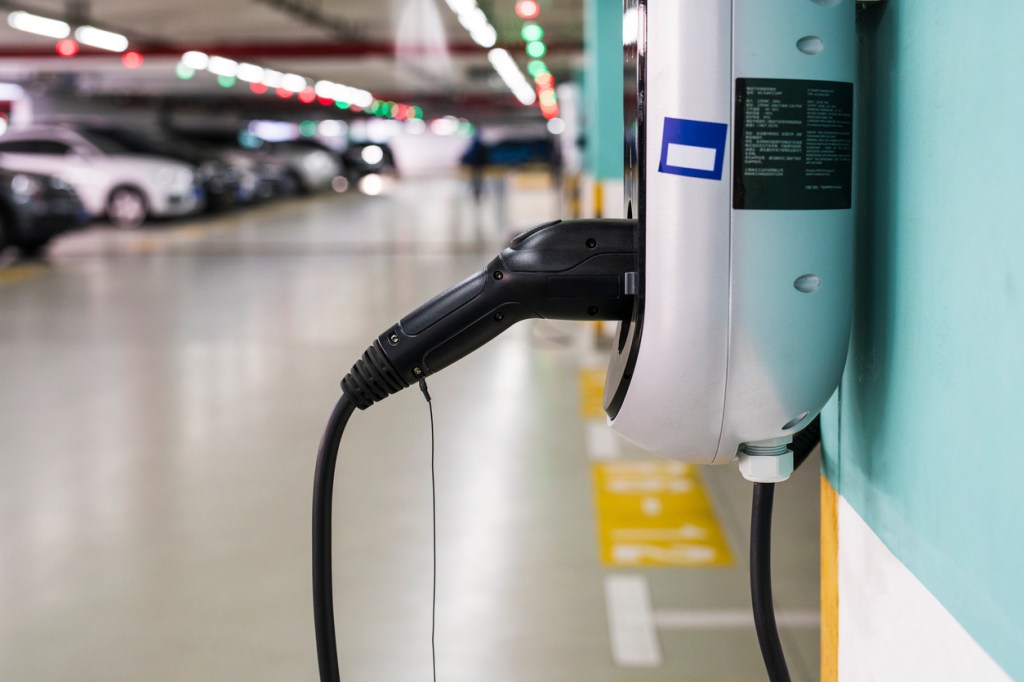
Press release and update provided by Roy Morgan.
More than half (52.2%) of Australian drivers would now seriously consider buying a hybrid vehicle, up from 48.8% over the last year. Fully electric vehicles are also showing increased interest, up from 31.6% 12 months ago to 36.2% currently. This has now resulted in the overall consideration for electric-based vehicles (hybrid or fully electric) being 56.1%, an increase from 52.4% last year and well ahead of the nearest alternative, diesel on 45.5%.
These are some of the latest results from Roy Morgan’s ‘Automotive Currency Report’ which is based on in-depth personal interviews conducted face-to-face with over 50,000 Australians per annum in their own home, including over 37,000 drivers 18 and over. The results presented here cover the period October 2009 to September 2018.
Consideration for diesel and LPG in decline
Diesel and LPG have been seen as the main alternatives to petrol up to 2015 but are both now showing a declining trend over the last three years. Although diesel with 45.5% consideration currently remains above fully electric (36.2%), over the last two years it has been overtaken by hybrids which are now clearly the major alternative to petrol, being seriously considered by over half of all drivers.
With the combination of hybrid and fully electric vehicles being seriously considered by 56.1% of drivers, these electric based alternatives are likely to pose an increasing threat to petrol vehicles over the next decade.
Petrol Alternative Seriously Considered for Vehicle

Source: Roy Morgan Single Source (Australia).
Base: Australians 14+ drivers or intention to be a driver within 4 years; Average sample per data point n = 14,552.
Petrol vehicles facing a major loss of market share
Currently, an estimated 77.5% of vehicles run on petrol but this is likely to decline due to the fact that only 63.7% of drivers say that their next vehicle is most likely have a petrol engine. This is not surprising as we have seen a high level of consideration for alternatives to petrol which will ultimately translate to increased buying intentions.
Although only around 1% of vehicles are currently either hybrid or fully electric they are likely to face a major increase in sales in the coming years as shown by the fact that 10.6% say that their next vehicle is likely to be either hybrid (8.0%) or fully electric (2.6%).
Although diesel is facing declining consideration, the fact that it is still being considered by 45.5% of drivers accounts for the fact that a relatively high 24.8% still consider it to be the most likely fuel for their next car.
Fuel of Vehicle Mostly Driven and Fuel Most Likely for Next Vehicle

Source: Roy Morgan Single Source (Australia), October 2017 – September 2018. Base: Australians 14+ drivers or intention to be a driver within 4 years. Exclude can’t say fuel. Vehicle mostly driven, n = 7,191. Fuel of next vehicle = 5,669.
Norman Morris, Industry Communications Director, Roy Morgan said:
“Attitudes regarding petrol alternatives for vehicles have changed considerably over the last few years. Those alternatives considered more environmentally friendly than the traditional internal combustion engines, mainly hybrids and fully electric, have seen increased consideration. This is largely as a result of major car brands continuing to develop and produce new models that make alternate fuels an affordable and practical reality. A recent example of this is that Volkswagen has just announced that it will launch its last generation of vehicles using combustion engines in 2026 and focus on electric cars instead.
“Vehicle purchase intentions can be influenced by fuel considerations, however to date, this has been a long term indicator in converting this to actual sales. This is illustrated by the fact that despite high consideration levels among Australians for both hybrid and fully electric vehicles over the last eight years, they still account for around only 1% of total vehicles. The challenge is to convert fuel consideration into vehicle sales. There are some positive signs in this research that this will occur, as evidenced by the fact that there has been a very positive level of drivers saying that their next car is most likely to be a hybrid or fully electric.
“Roy Morgan has been collecting and analysing a wide range of automotive data for many years across all the major manufacturers, and as a result have accrued a database uniquely suited to tracking consumer behaviour and attitudes in this fast changing industry. To understand more about the motor vehicle market, ask Roy Morgan”.

